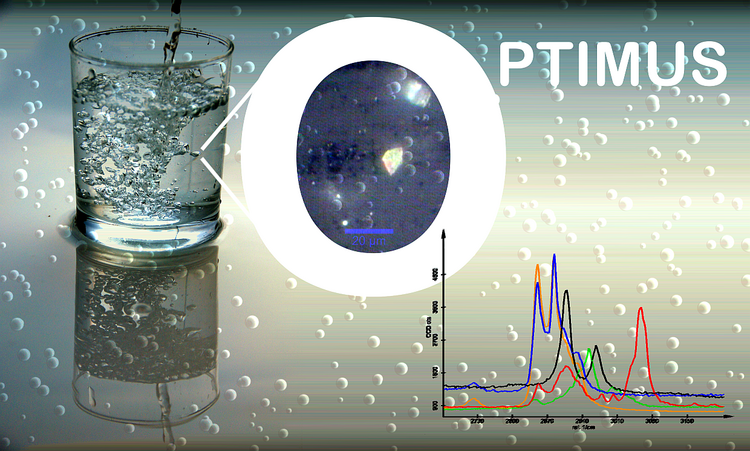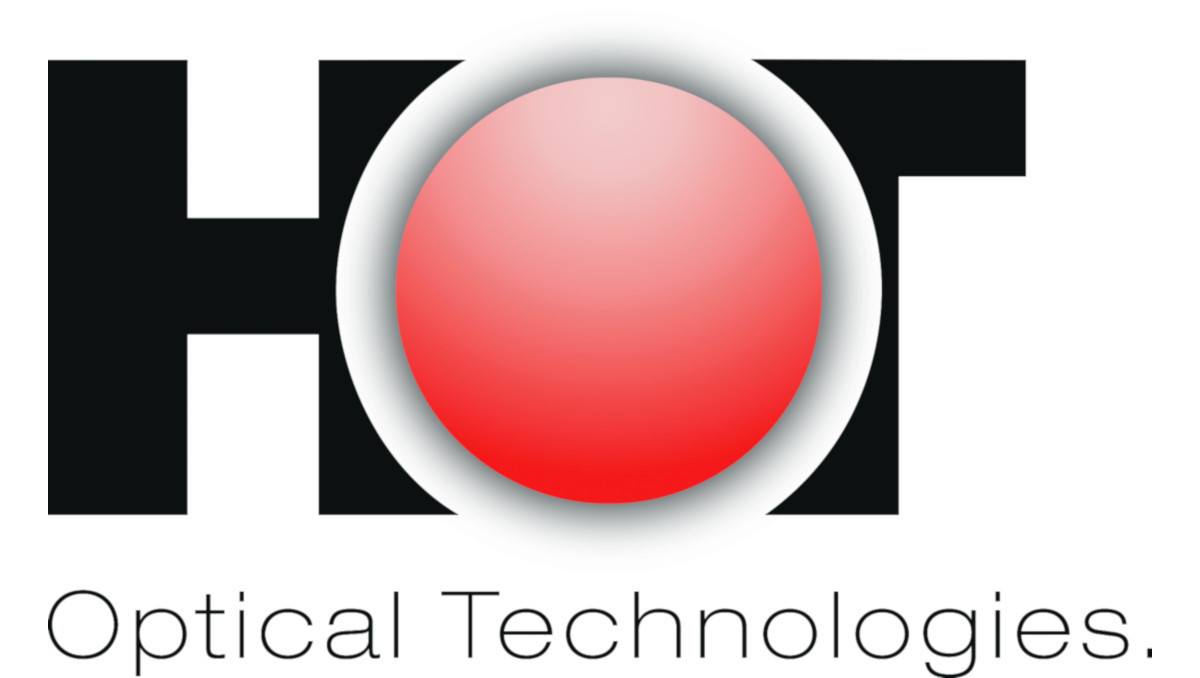OPTIMUS -Raman spectroscopy of microplastics, microbes, and trace elements

| Led by: | B. Roth |
| Team: | A.-K. Kniggendorf |
| Year: | 2016 |
| Date: | 07-02-17 |
| Funding: | Bundesministerium für Bildung und Forschung (BMBF) |
The contamination of water systems worldwide with plastics, esp. microplastics, is one of the most dynamic fields in water analytics since the groundbreaking work of Browne et al. in 2011, who showed the accumulation of microplastics on the shorelines of all six continents.
Microplastic is an umbrella term for particles of different shapes, sizes, and materials, covering soft polyethylene as well as brittle polyacrylics. Many of these particles are contaminated with pollutants, either applied as addititives during their production process, or adsorbed from the environment. In addition, most of these polymers are perfect surfaces for biofilm growth. All this makes microplastics a challenging target for detection and purification, requiring the reliable separation of different polymers in the present of highly variable contaminants and possibly even covered by a "microbal mantle".
Especially the contamination of drinking water and therefore of all foods - from beer to bread, all needs drinking water - is highly unsettling, because a reliable control of drinking water streams against microplastics is currently not available. The current methods for the detection and identification of microplastics allow only spot tests, and thus are unsuitable for the permanent monitoring of drinking water streams. Toxic trace elements often adhering to microplastics can only be detected by chemical lab tests.
The joint procect OPTIMUS, funded by the German Federal Ministry for Education and Research with 1.26 million Euro, aims to change that. The group of nine partners from industry and the scientific community plans to develop an innovative analysis system based on Raman spectroscopy and holographic microcopy to allow continuous monitoring streaming drinking water for microplastic contamination.
The sub-project at HOT works on two central aspects of the project: we realize the Raman spectroscopic detection of microplastic particles in flowing drinking water with all its spectroscopically relevant components such as lime, humic substances, sediments, non-hazardous bacteria, micro-algae and so on; and we analyze the material properties of microplastics (form, size, chemical composition via Raman spectrum) found in surface waters, and how all these properties affect the detectability of the particles.
For this, the HOT uses various Raman spectroscopical methods. A fiber-connected setup for Raman analysis of flowing water, and the confocal Raman microscope for analyzing microplastic particles and biofilms adhering to them with Raman chemical imaging at a resolution of 1 µm are available.
